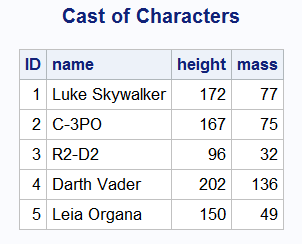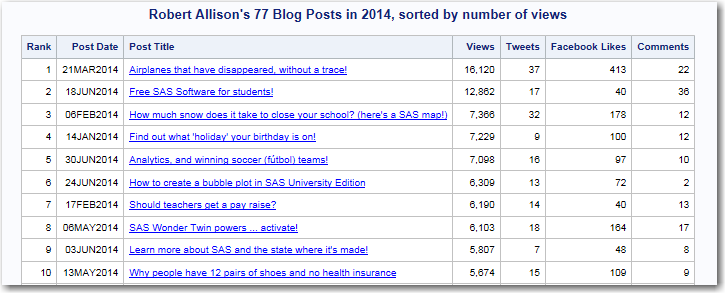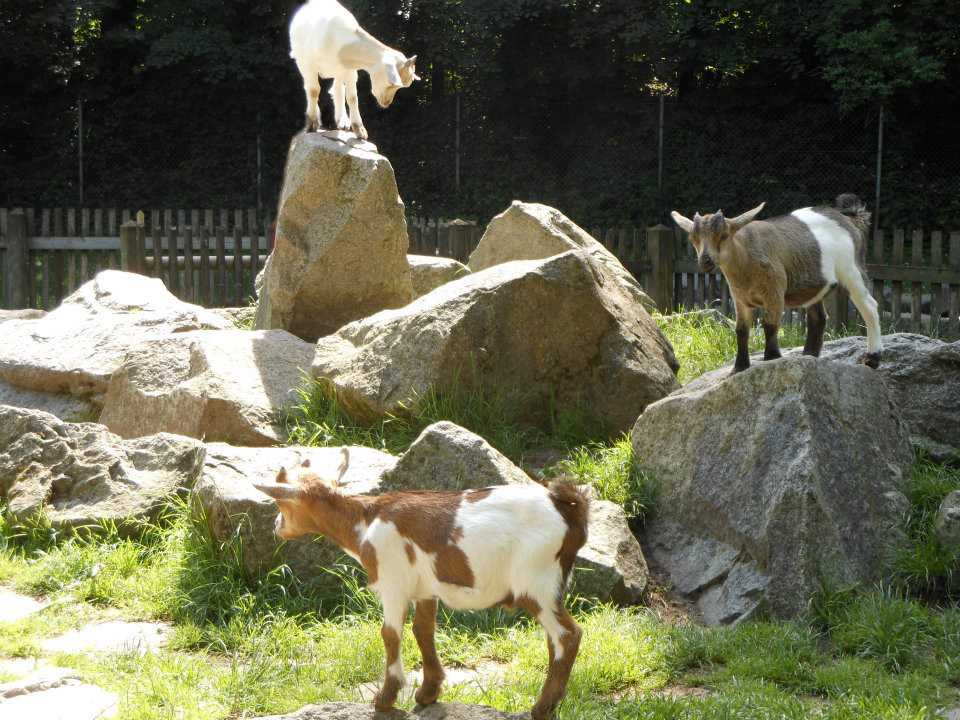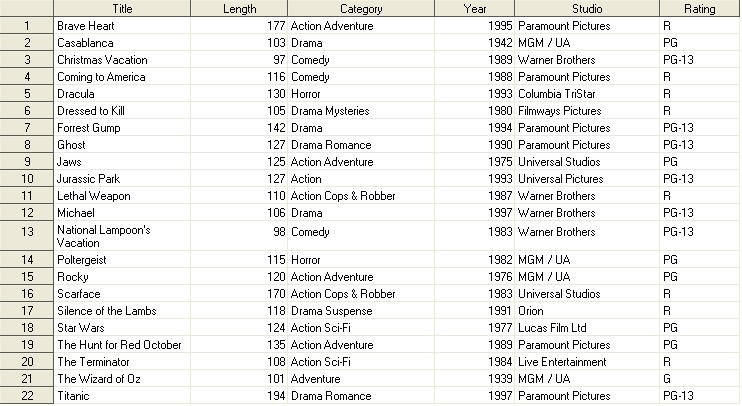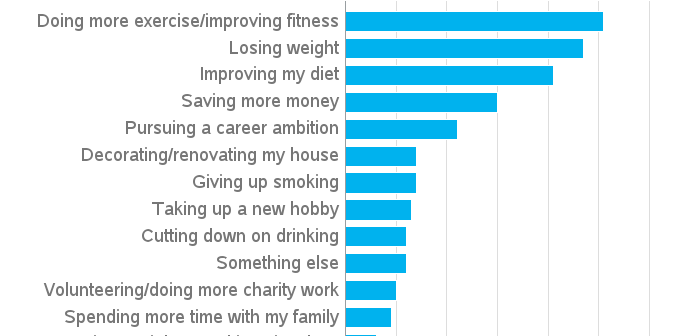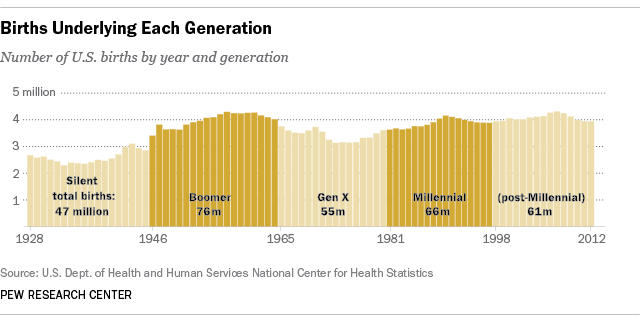
To get into the mood for this blog post, you should first listen to the music video of The Who singing My Generation... I guess everybody has 'their generation' and here in the U.S. the most famous generation has been the Baby Boomers. Many companies have tried to design products they

